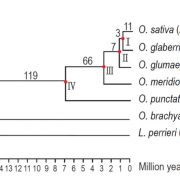
Escape from Centromere Land
As plant biologists, we do love to consider the physiological adaptations plants have made to being sessile organisms—unlike animals, plants cannot move away from adverse environmental conditions such as high temperature, etc. We commonly consider such responses for organisms, but what about genes?…
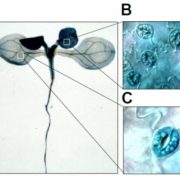
CDL1-OST1 Interaction as a Focal Point of Brassinosteroid-Abscisic Acid Hormone Signaling Crosstalk
Plants integrate signals in the form of light, humidity, temperature, CO2 concentrations and daily circadian rhythms. In addition, plants encounter pathogens, pests, herbivores and other stressors. Physiological processes like responding to stimuli, plant growth and development are usually governed and…
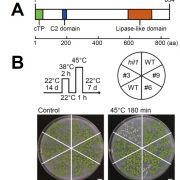
Heat Trims the Fat: HIL1 Functions in Lipid Homeostasis
Global climate change is one of the most pressing issues facing our world today. The impact of increasing temperatures can be felt in diverse areas, including human health and disease, natural ecosystems, and food security. In the agricultural sector, deciphering how plants respond to changing environmental…
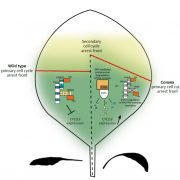
Arabidopsis Leaf Shape Regulation
Leaf morphology, both between species and within the same organism,
is diverse: leaves can be simple or compound; they can have margins that are smooth or serrated, and they can be flat or have various curvatures. In Arabidopsis, leaf development starts with extensive cell proliferation throughout…
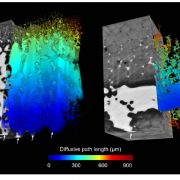
Variations in Leaf Intercellular Air Spaces
During the course of evolution, the invasion of lands by plants exposed plant tissues to air,
which dramatically lowered the resistance for CO2 diffusion to chloroplasts by ~10,000-fold. The evolutionary development of the leaf intercellular airspace was a key innovation that allowed land plants…

Long-Days Enhance Jasmonic Acid-Related Plant Defense
Depending on the species, daylength profoundly affects the timing of key developmental transitions in plants, including, floral initiation, tuberization, and bud set and growth cessation in trees. To explore additional effects of daylength on plant function, Cagnola et al. (10.1104/pp.18.00443) investigated…
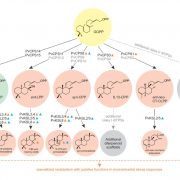
Diterpenoid Metabolism in Switchgrass
Switchgrass (Panicum virgatum) is a perennial C4 grass native to North America primarily valued as a next-generation feedstock for biofuel production. Its high net energy yield and
wide habitat range make switchgrass an attractive crop for cultivation on marginal lands with minimal agronomic inputs,…
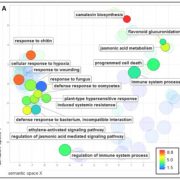
NO2 Enhances Pathogen Resistance
Nitrogen dioxide (NO2) forms in plants under stress conditions, but little is known about its
physiological functions. Using a variety of techniques, Mayer et al. (10.1104/pp.18.00704) have examined the effects of fumigating Arabidopsis with 10 ppm NO2 for 1 h, a treatment that does not cause
visible…
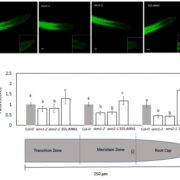
Annexins Facilitate Post-Phloem Sugar Transport
Because local sugar concentrations play a critical role in regulating root growth, it is important to learn more about the mechanisms that control sugar transport into the growing zones of the
root. It has previously been proposed that once translocated sugar reaches the interface between conducting…

